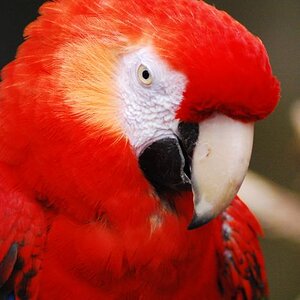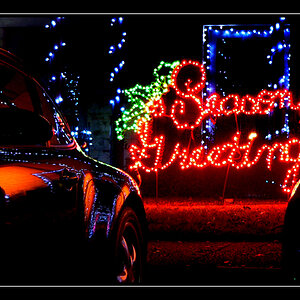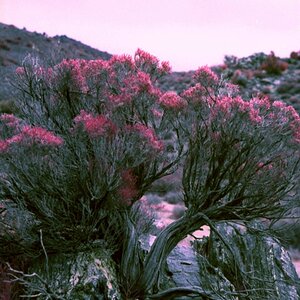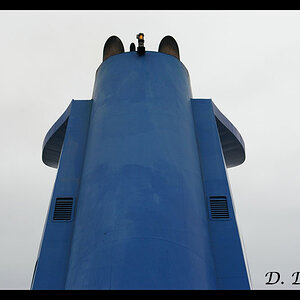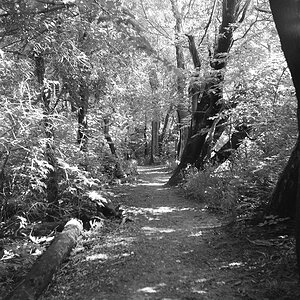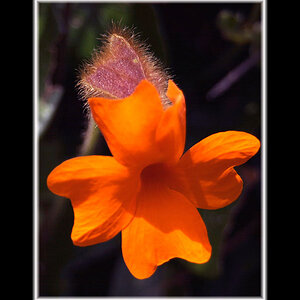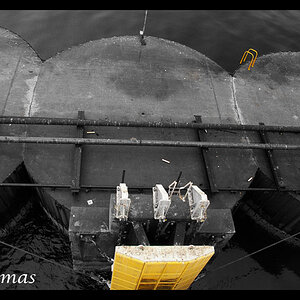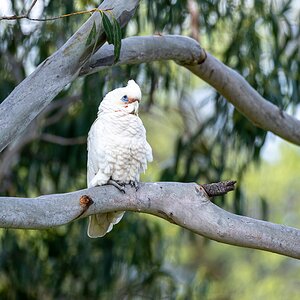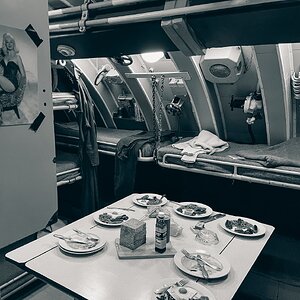kdthomas
No longer a newbie, moving up!
- Joined
- Aug 9, 2014
- Messages
- 1,117
- Reaction score
- 474
- Location
- Denton, TX
- Can others edit my Photos
- Photos NOT OK to edit
I think I'd like to try 4x5 film this summer. And I want to learn to do it all. Shoot, develop, print, etc. I want to focus mainly on studio and outdoor portraits, but some landscapes as well.
I'm drawn to the old school, and I can't help but imagine I'll grow with this experience. There's something alluring about sweating and concentrating on the details of every single precious shot, rather than hammering away with digital like I have been.
What I figure (naively?) the best thing to put priority on is first the lens, then quality of the ground glass in the camera, and the enlarger. I want to work up a sort of budget ... I don't want to get too crazy (and I'm throwing this number out without knowing if it's realistic) but I'd like not to spend more than about $2K. Entry to mid-level stuff, but I'm fortunate enough that I can go a few nickels more for good quality. As long as I'll know where that money went.
One thing that is a critical deal breaker. I have to be able to fire the flashes/strobes/etc somehow with the shutter. Gotta happen. Otherwise I'm probably not gonna do it. I can (and will!) use natural light, but I really, really want the flash capability.
Can I get an idea of body/lens/enlarger/lab equipment recommendations?
I'm drawn to the old school, and I can't help but imagine I'll grow with this experience. There's something alluring about sweating and concentrating on the details of every single precious shot, rather than hammering away with digital like I have been.
What I figure (naively?) the best thing to put priority on is first the lens, then quality of the ground glass in the camera, and the enlarger. I want to work up a sort of budget ... I don't want to get too crazy (and I'm throwing this number out without knowing if it's realistic) but I'd like not to spend more than about $2K. Entry to mid-level stuff, but I'm fortunate enough that I can go a few nickels more for good quality. As long as I'll know where that money went.
One thing that is a critical deal breaker. I have to be able to fire the flashes/strobes/etc somehow with the shutter. Gotta happen. Otherwise I'm probably not gonna do it. I can (and will!) use natural light, but I really, really want the flash capability.
Can I get an idea of body/lens/enlarger/lab equipment recommendations?


